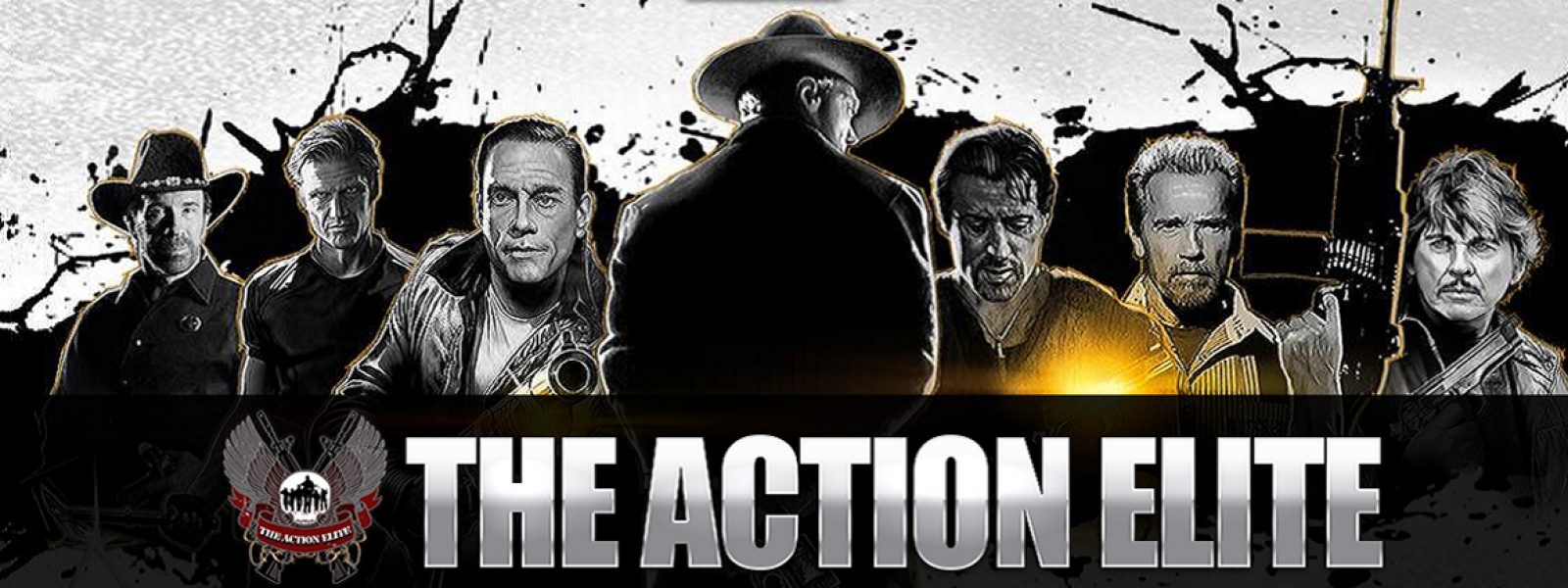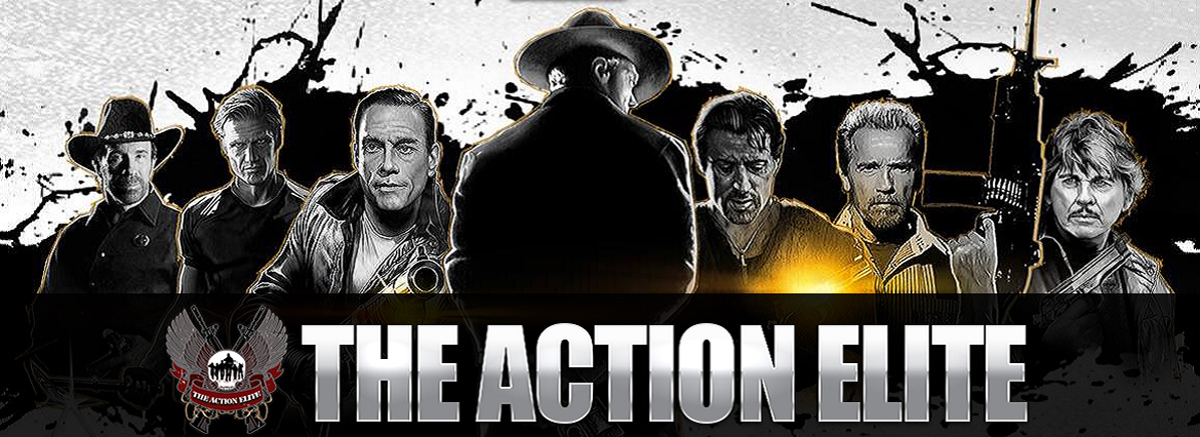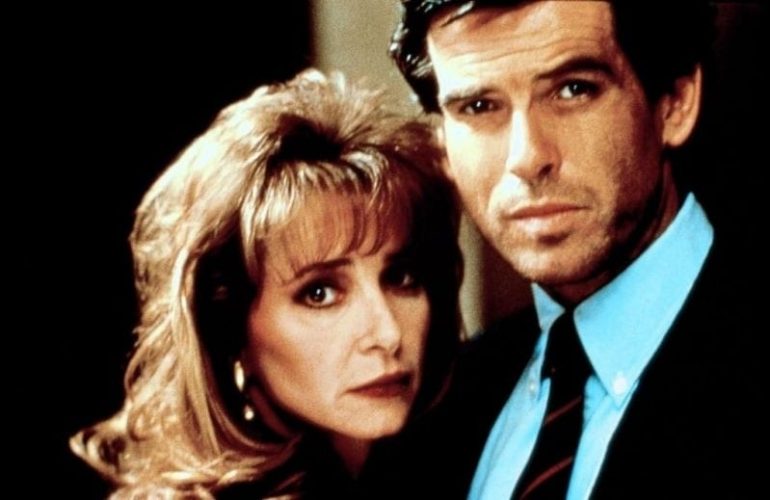When it comes to breathtaking backdrops, centuries of cultural history, and versatile landscapes, few places in the world can match Ireland’s appeal for film and television production. Over the past few decades, the Emerald Isle has firmly established itself as a global filming hub, drawing in major studios, independent filmmakers, and streaming giants alike.
From fantasy epics like Game of Thrones to poignant dramas like Brooklyn, Ireland offers an extraordinary variety of locations, professional infrastructure, and a supportive production environment. Here’s why the country continues to shine behind the camera.
- Spectacular and Diverse Locations
Ireland’s greatest cinematic asset is arguably its natural beauty. Rolling green hills, dramatic coastlines, rugged mountains, ancient castles, and charming villages create an incredibly rich visual palette for filmmakers to work with. The country’s compact geography means that within a short drive, crews can access a wide range of backdrops—from medieval ruins to windswept cliffs.
Whether it’s the hauntingly beautiful Skellig Michael (featured in Star Wars: The Force Awakens and The Last Jedi), the jaw-dropping Causeway Coast (Game of Thrones), or the serene countryside in County Wicklow (P.S. I Love You), Ireland offers a landscape for every mood and genre.
This diversity makes Ireland ideal for doubling as other parts of the world or fantasy realms, often saving productions the time and cost of hopping between countries. Ireland is also the Silicon Valley of Europe.
- Rich Historical and Cultural Heritage
Ireland’s long and storied history provides a natural backdrop for period dramas, historical epics, and folklore-inspired narratives. Ancient sites, Norman castles, monastic settlements, and Georgian architecture to photograph lend authenticity and texture to productions that aim to evoke the past.
Moreover, Ireland’s mythology and literary legacy—from Celtic legends to the works of James Joyce and W.B. Yeats—continue to inspire screenwriters and directors. This deep cultural vein adds narrative depth and character to stories filmed in the country, whether it’s a modern film with ancestral themes or a full-fledged fantasy adventure.
- Strong Film Infrastructure and Local Talent
Ireland is more than just a pretty face—it’s a country with a well-established and continually growing film industry. World-class studios like Ardmore Studios in Bray and Troy Studios in Limerick provide the facilities needed for large-scale productions. These studios offer sound stages, post-production facilities, and experienced crews capable of handling international demands.
Additionally, the country boasts a skilled and dedicated local workforce. Irish production crews have earned a strong reputation for professionalism and creativity, contributing to the success of both domestic and international projects. Cinematographers, set designers, costume experts, and technicians from Ireland have worked on a wide range of genres and scales, ensuring a high-quality finish.
Actors are another asset—Ireland has given the world some of the finest screen talent, including Saoirse Ronan, Cillian Murphy, Colin Farrell, and Brendan Gleeson. Local casting, both for lead roles and extras, is also bolstered by a strong tradition in theatre and performance arts.
- Government Support and Financial Incentives
Ireland’s government has long recognised the importance of the screen industry to the country’s economy and global cultural footprint. As such, it offers a number of incentives and funding schemes to encourage film and TV production.
The most prominent of these is Section 481, a tax credit of up to 32% for qualifying expenditure on film and television projects. This incentive is available to both domestic and international productions, making Ireland financially attractive compared to other countries.
In addition to Section 481, Screen Ireland (formerly the Irish Film Board) provides funding and development support for projects at various stages of production. Their aim is to foster creativity, support local filmmakers, and maintain Ireland’s global competitiveness.
Such strong backing sends a clear message: Ireland is open for business, and it values storytelling as both an art and an industry.
- Favourable Logistics and Accessibility
Ireland is a highly accessible country for international productions. With major airports in Dublin, Shannon, and Cork, flying cast and crew in from North America or mainland Europe is straightforward. Once on the ground, Ireland’s compact size becomes a massive advantage—within a couple of hours, one can travel from bustling urban centres to remote scenic vistas.
The country’s modern road networks, experienced transport providers, and film-friendly local councils ensure that the logistics of moving equipment and crews are handled efficiently. Permits are generally easy to obtain, and the Irish Film Commission works closely with location managers to streamline the process.
- A Proven Track Record
Ireland’s résumé as a film location speaks for itself. A host of critically acclaimed and commercially successful films and TV shows have been filmed on Irish soil. Here are just a few examples:
- Game of Thrones – The iconic HBO series filmed extensively in Northern Ireland, showcasing locations like the Dark Hedges and Ballintoy Harbour.
- Star Wars: The Force Awakens & The Last Jedi – Scenes were shot on the remote and stunning Skellig Michael.
- The Banshees of Inisherin – Filmed on the Aran Islands and Achill Island, this 2022 dark comedy highlighted the raw beauty of Ireland’s west coast.
- Braveheart – Though set in Scotland, many scenes were filmed in the Irish countryside due to its suitable terrain and cost-effectiveness.
- Brooklyn – The 2015 drama filmed parts of its “New York” scenes in Dublin, demonstrating Ireland’s versatility as a stand-in location.
- Vikings and The Tudors – Both historical series were filmed in Ireland and enjoyed international success.
These productions have not only brought international attention to Irish landscapes, but also boosted local economies and created thousands of jobs in the film sector.
- Sustainability and Green Filmmaking
Ireland is also becoming increasingly committed to sustainable film production. The industry has embraced eco-friendly practices such as waste reduction, energy-efficient lighting, and sustainable set construction. Organisations like Screen Greening Ireland are promoting environmental best practices to ensure that film production can thrive without compromising the natural beauty that makes the country so appealing in the first place.
For studios looking to align with environmental goals, Ireland’s focus on sustainability is an important consideration.
Final Thoughts: A Storyteller’s Paradise
Whether you’re shooting an independent arthouse film or a big-budget blockbuster, Ireland provides the perfect blend of aesthetics, infrastructure, and support. Its combination of natural beauty, historic charm, modern facilities, and cost-effective incentives creates an irresistible package for filmmakers from around the world.
Ireland doesn’t just serve as a pretty backdrop—it enhances narratives, sparks imagination, and helps bring stories to life in a way that few other places can.
In a world where visual storytelling is more powerful than ever, Ireland stands tall as a true creative partner.






